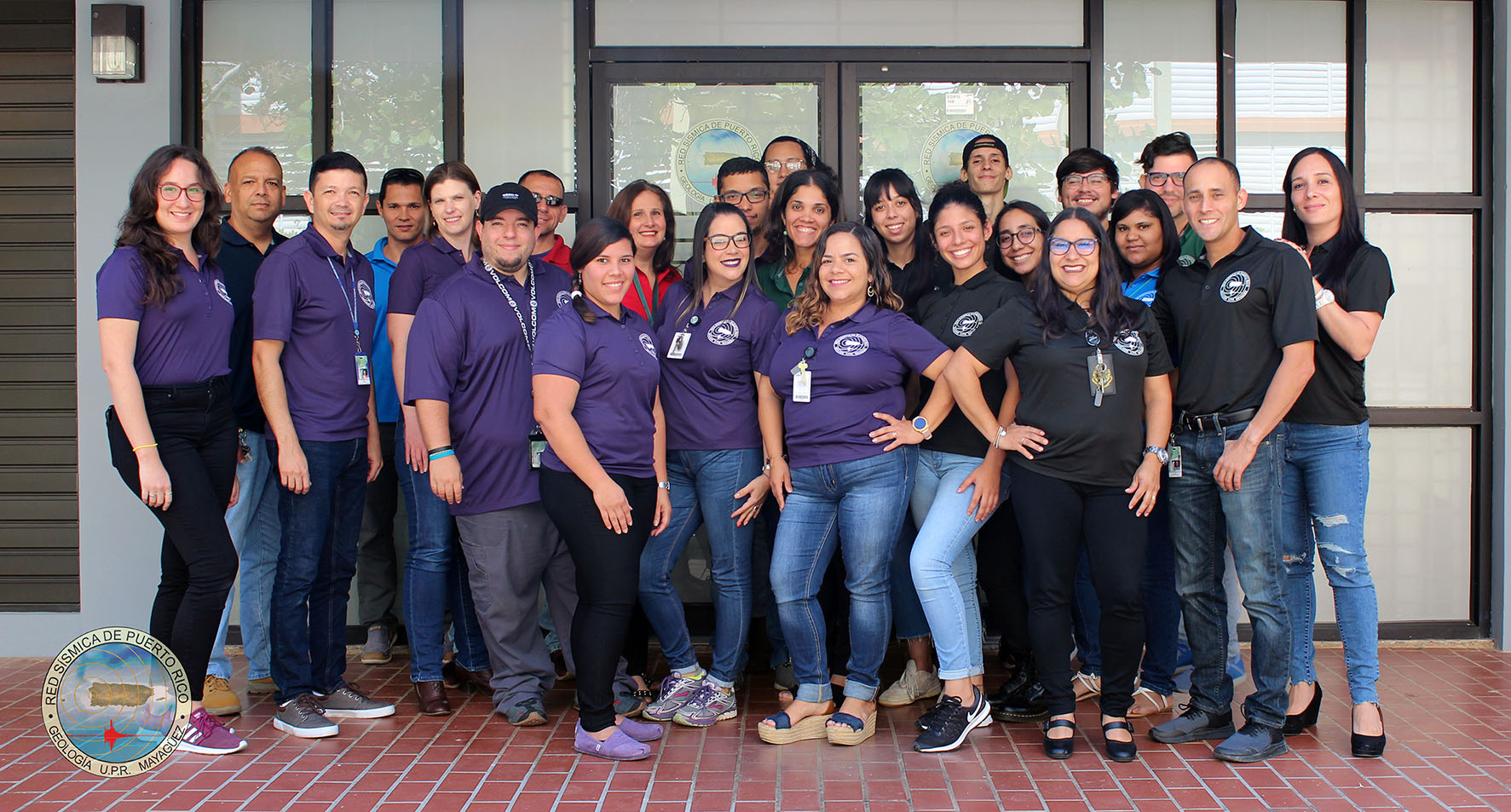No Warning, Advisory or Watch is in effect for Puerto Rico and the Virgin Islands.

No Warning, Advisory or Watch is in effect for Puerto Rico and the Virgin Islands.

The Puerto Rico Seismic Network (PRSN) is part of the Departament of Geology of the Mayagüez Campus of the University of Puerto Rico This network provides data so that the federal agencies (USGS, FEMA, NOAA) to fulfill their functions, both to issue tsunami warnings, and to maintain the necessary catalogs to update the seismic hazard maps and response plans. The PRSN has been accredited by the US Advanced National Seismic System (ANSS). At the national level, it is an active member of the National TsunamiReady of Puerto Rico. At the international level, the PRSN actively participates in the working committees of the Intergovermental Coordination Group for the Tsunami and other Coastal Hazards Warning System for the Caribbean and Adacent Regions (ICG/CARIBE EWS) of UNESCO. In addition, PRSN is an alternate tsunami information focal point for Puerto Rico and the Virgin Islands and a fundamental part of Puerto Rico's tsunami response protocol according to UNESCO standards.
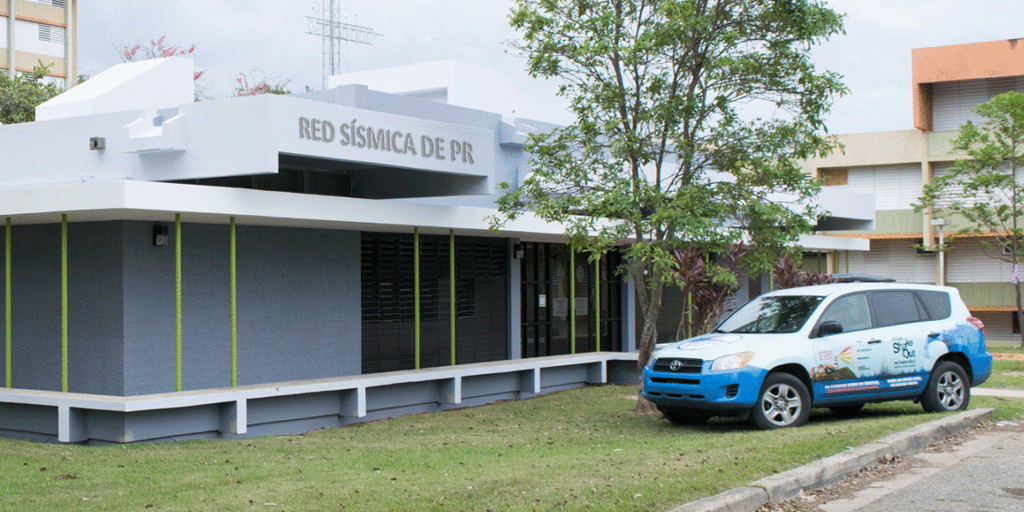
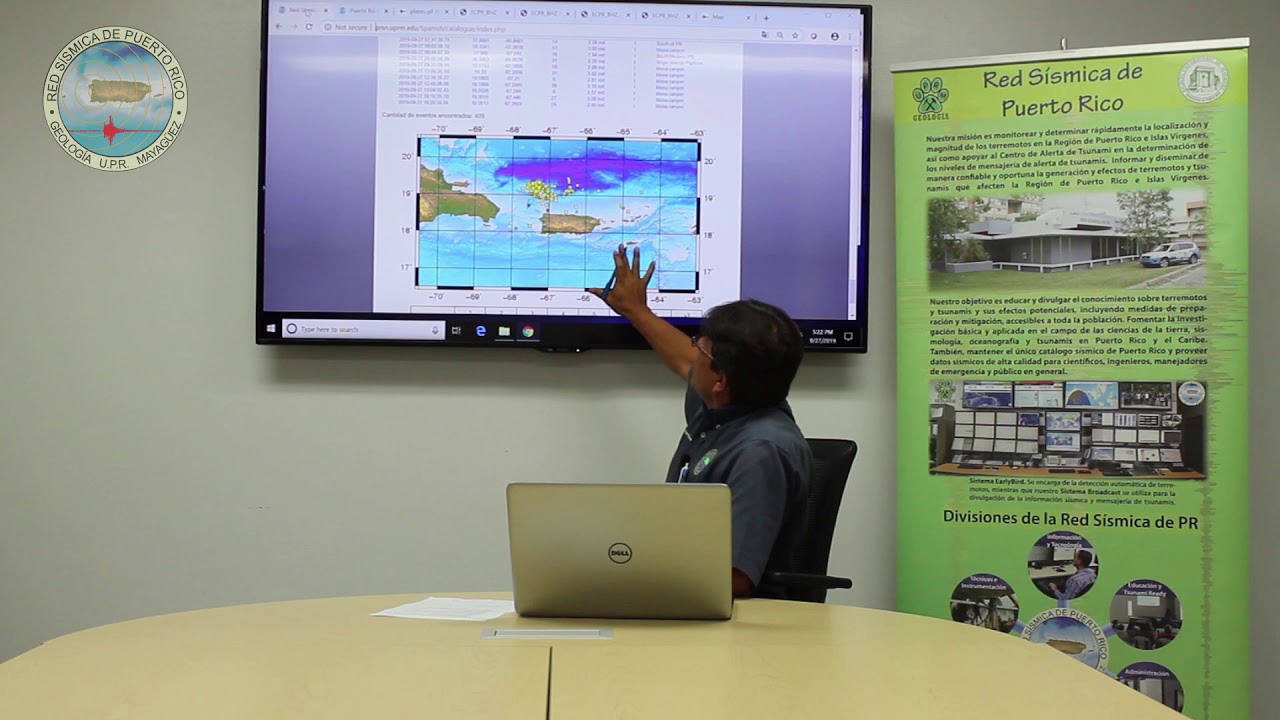
The PRSN was installed in 1974 by the United States Geological Survey (USGS) for the Puerto Rico Electric Power Authority (PREPA) The main objective of the PRSN was to evaluate the local seismicity for the construction of the Aguirre and Islote nuclear power plants. These goals were realized in 1979. Between 1982 and 1987 the Seismic Network was operated by the Center for Energy and Environmental Research. In 1987, it was transferred to the Department of Geology of the University of Puerto Rico in Mayagüez.
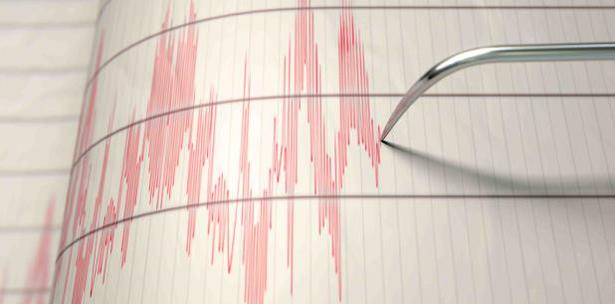
In September 1991, the Seismic Data Acquisition System, IASPEI (Tottingham and Lee, 1989) was installed to replace the INTEL computer system at the Lamont-Doherty Earth Observatory (Columbia University), which recorded the major events on magnetic tapes. In addition to this, in June 1992 was installed the SOUFRIERE Seismic Data Acquisition System, from the Seismic Studies Unit of the University of the West Indies in Trinidad. Both systems recorded continuously the signals of the short period stations. Once a day, or each time a significant event occurred, the information of that event was transferred via modem from the San Juan Geophysical Observatory in Cayey, to the Seismic Network in Mayagüez.
In February 1997 the digital acquisition systems, like the seismographs, were transferred to the Mayagüez University Campus, thus speeding up the response in case of an earthquake. As of September 1999, the PRSN modernized its data acquisition and processing systems, when the IASPEI and SOUFRIERE systems were replaced by the ViSeis digital data acquisition system, in conjunction with the analysis programs PRLOC, DIMAS and PITSA. As of the year 2000, raw data from some Broadband stations began to be stored. In 2003 the earthquake location program PRLOC was replaced and the program PRSAD (PRSN Data Analysis System) was implemented. As of July 2004, the new data location and analysis program PRDANIS (Puerto Rico Data Analysis and Information System) was implemented. Currently, PRSN records all the waveforms that are continuously recorded in our offices, as well as the raw data that is recorded in the field.
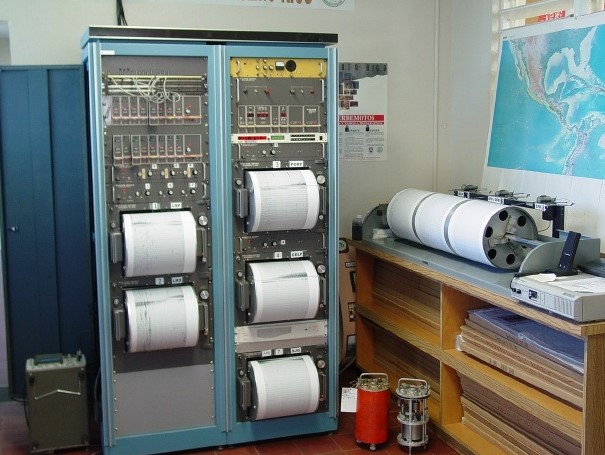
The PRSN at present consists of 25 seismic stations classified into short period stations and broadband stations depending on the type of sensor or seismometer used to record the earthquakes. Two of the stations belong to the U.S. Army Corps of Engineers. This equipment is installed in Puerto Rico and the British and American Virgin Islands and works in conjunction with 3 repeater stations and a data collection center.
